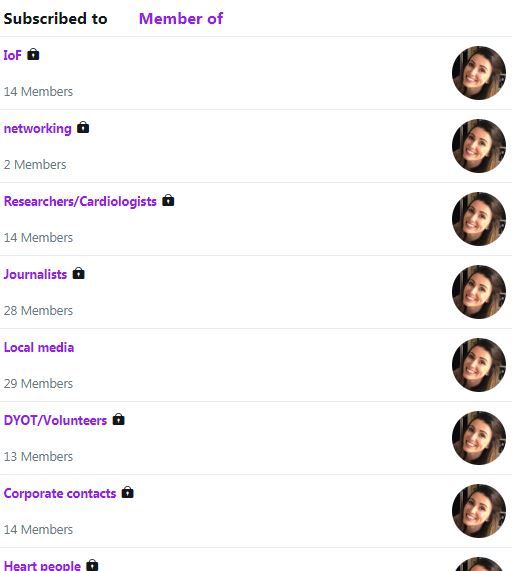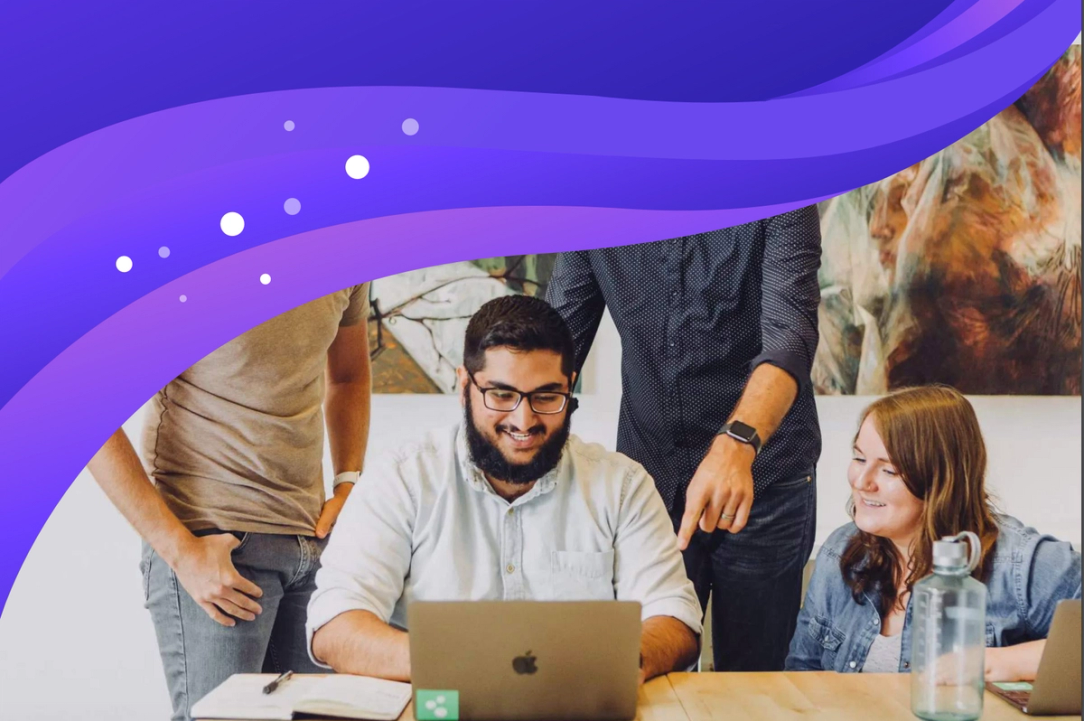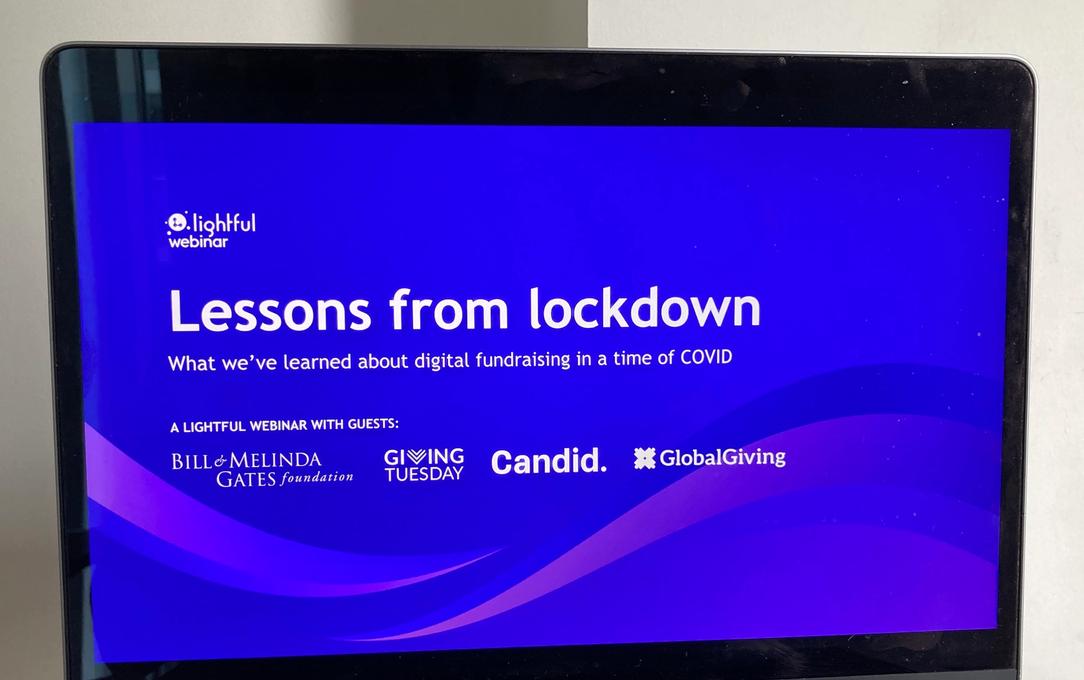How Social Media Can Help Fundraising Relationships

This is a guest post by Nikki Bell, Fundraising Relationship Manager at British Heart Foundation.
During my time at the British Heart Foundation (BHF), I’ve utilised social media as a relationship finding and building tool because – as the only fundraiser looking after a large corner of the UK – I need to be smart with how I work! It’s helped me find the doers in my community who are keen to support us, to communicate easily with volunteers (on a platform they’re already engaging with), and most importantly, it’s added an extra layer of supporter appreciation.
If you want to use social media to build fundraising relationships, here are three tips to consider:
- Think about where your supporters are and increase your online activity on those platforms; it’s better to be amazing at a few things than mediocre at everything.
- Do your supporters want to be contacted or celebrated in this way? Not everyone is comfortable with online relationships; supporter first every time.
- The magic happens when you personally connect. Anything you start online, be sure to take offline (safely) to find the spark that leads to long-lasting relationships.
If you’re keen to crack on and learn how social media can help you build relationships, here are the platforms I’ve been working with over the last few years and how they’ve boosted fundraising at the BHF.
Twitter is brilliant for building relationships because unlike Facebook, which is usually reserved for family and friends, users are more likely to regularly engage with people they don’t know and share little details about themselves because they have common interests.
There’s not enough word count to cover how much Twitter has helped my community fundraising, but here’s a few pointers to help you get started:
- Use the advanced search function. This will help you find the users tweeting about the topics you care about. For example, in the image featured, this search would find a timeline of tweets featuring the BHF twitter handle and the words ‘heart disease’ posted in Newcastle between August 22nd-29th. Play around with the combinations; too many requirements result in fewer posts.

- Make Twitter lists. Have a look at what they’re saying. If someone has raised a lot of money or has a strong personal connection, reach out to them and say thank you or engage in a conversation. Like and share their tweets. Often they will share links to a fundraising page so read what their story is and why they’re raising money for you. When you’ve identified those users, who have potential as a long-term relationship, give them a follow and engage further in the hope that they’ll follow you back.

- Get in their DMs. If they do follow back and they’re supporting your work (retweets are more valuable than likes!), get in their DMs (but not in a creepy way!) and say you’ve noticed that they’re wonderfully engaged with the charity and would like to know why – then take it offline to get to know them properly.
- Celebrate them! Acknowledge and celebrate the brilliant things those within your community are doing with mini stories and thank you’s. Photos and videos work perfectly here and are often shared; meaning other users see how rewarding it is to support your charity!
Instagram has been a fun platform for me but it’s difficult to use for converting to action. Instead I prefer to use Instagram as a way to drip-feed good news stories and as an engagement tool to interact with my local community.
Here’s a few ways you can make it work for you:
- Switch to a business account. It’s free and will show the demographic of your followers; where they live, their age and most importantly, what posts they engage with most.

- Cover success stories as mini case studies. It’s a huge boost for the supporter involved and gives you a reason to meet them, to hear their story and motivations. It’ll also inspire action from followers with similar goals.
- Recycle comms content. Share the stories being used on your main account to add a ‘human touch’ to the cascade. It also has the added benefit of increasing your organisational knowledge and having more content to connect to supporters with!
A useful platform but one to be careful with. At the Yorkshire IoF conference, Rebecca Curtis-Moss, Digital Manager at CHAS, warned delegates that Facebook are cracking down on fake accounts and that includes duplicate work ones. It’s a risk to losing your contacts and you need a clear handover plan for when staff move on.
If you do choose to use Facebook, here’s how to get more out of it:
- Set up a page, rather than a profile. There’s less risk to it being shut down and you still have the ability to message and engage with supporters.
- Empower volunteers to run their own local pages. They can set up events, share what’s happening in their communities and add a ‘local feel’.
- Use your page to celebrate and support your fundraisers. Share content regularly, post updates and keep an eye on local events you can piggy-back on for an added community boost.
I’d love to know if you’ve been using social media to boost your fundraising and the innovative ways you’re already connecting with and celebrating supporters; follow me at @CharityNikki and at check out my blog to carry on the conversation.
Latest articles

In a world of growing uncertainty, small and local non-profit organisations often find themselves with competing priorities and struggle to plan how to allocate their available resources. Despite the increasing demand for their vital work, they are not always able to allocate the funds they receive to strategic planning and future growth.

As the world becomes more digitally-focused, it’s essential for nonprofits to have a digital presence. With more and more options for online engagement, we know that this can be challenging for nonprofits to tackle. But, we also know that it is a huge opportunity to increase audience engagement, awareness and fundraising. To help nonprofits navigate this, we’re going to explore the “whys” and “hows” of creating a nonprofit digital strategy. We’re even providing a free digital strategy canvas to help nonprofits improve their online presence in just a few steps.
Related posts

One of the primary goals of Lightful's BRIDGE programme is to help small and grassroots nonprofits raise more funds through digital channels. Thanks to the tools and support we provide, participants' confidence in their digital skills grows dramatically. We also help them practice their new-found skills by running campaigns around key milestones, like Giving Tuesday, which provide real-world opportunities to test, learn and improve further.

Last week we’ve hosted a webinar with a very interesting panel sharing their key lessons learned about digital fundraising during lockdown.
See who we help
Contact us
Want to learn more?
Email Jonathan and start a conversation





